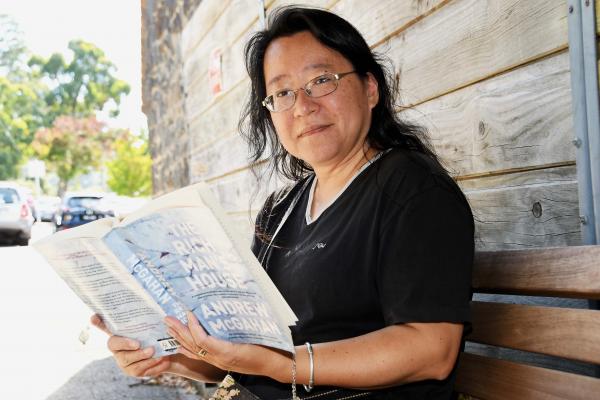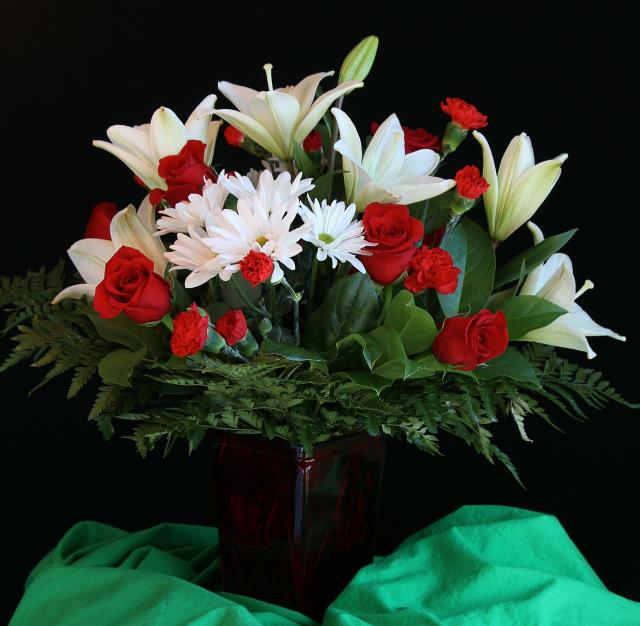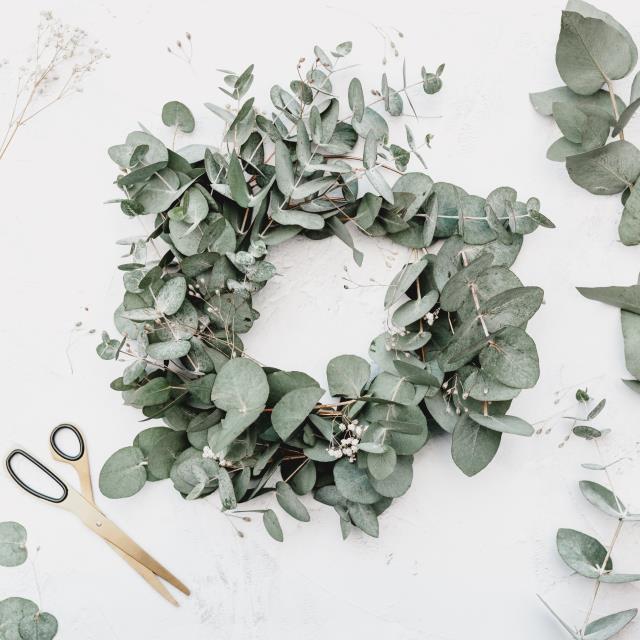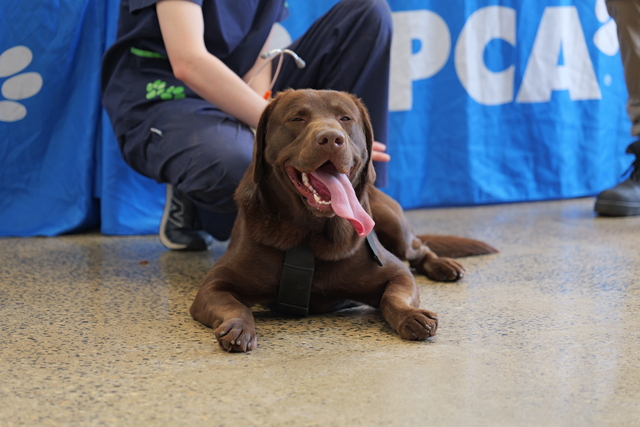Once upon a time, women were deemed too fragile, vulnerable, frivolous and untrustworthy to work as journalists, not to mention as correspondents covering wars overseas.
As award-winning historian Jeannine Baker explains in Australian Women War Reporters: Boer War to Vietnam (NewSouth Publishing, 2015), throughout much of the 20th century, women reporters had to “battle the military, the government, newspaper editors and male journalists to get close to the front and to report war from beyond the domestic or ’woman’s angle’”. The book details how women reporters were stereotyped as requiring male protection, unable to understand or accommodate war conditions, having a negative impact on male behaviour, concentrating solely on domestic issues, and therefore being suitable only for reporting from the periphery of operational areas or the home front.
At the time, the perception common to newspaper editors and military and government officials was that war writing from a non-combative perspective was inferior or insignificant. There was also the deeply held belief that women did not belong in the military environment unless they were working in an essential support role such as nursing. Both have contributed to the ways that women war reporters have been defined, managed and remembered.
However, despite the fact that women reporters from Australia and other anglophone nations were only allocated those aspects of war that were previously considered of marginal interest, Baker’s examination of their published writings and private reflections reveals the diversity and breadth of their reportage.
As detailed in the book, these women struggled to break out of their assigned role in war and in journalism, contributing to coverage of the Boer War, the First and Second World Wars, the Korean War, and the Vietnam War. Other accredited and self-identified reporters hailed from trouble spots around the globe, including but not limited to Northern Ireland, Libya, the former Yugoslavia, the former Soviet Union, Afghanistan, East Timor, Pakistan, Iraq, Somalia, Rwanda, Zimbabwe, Sri Lanka, and Burma.
Reading the lived experiences of these women war reporters is to review a brief history of military conflicts and civil unrests across the world. Fortunately, our understanding of war has shifted away from military strategies, technological advances, heroic services and sacrifices, and patriotism-enabled censorship and control by authorities.
Instead, we have learned to focus on the human side of conflict reporting – how the dead and injured are cared for, women and children as victims, the plight of refugees, and the struggle for daily life in a conflict zone. In Baker’s words: “Historically, it is women who have tended to write about these subjects… There is no doubt that female journalists are just as courageous, and equally determined to get to the truth, as male journalists.”
In short, the careers of these women reporters were shaped by the attitudes of their governments and armed forces to women, journalism, and war. Defiant, courageous, resourceful, competitive and ambitious – sometimes to the extent of being self-important and reckless – their work demonstrated how the (self-)perception of women has evolved through time.







